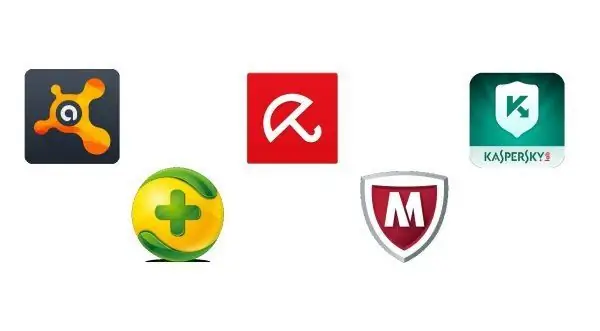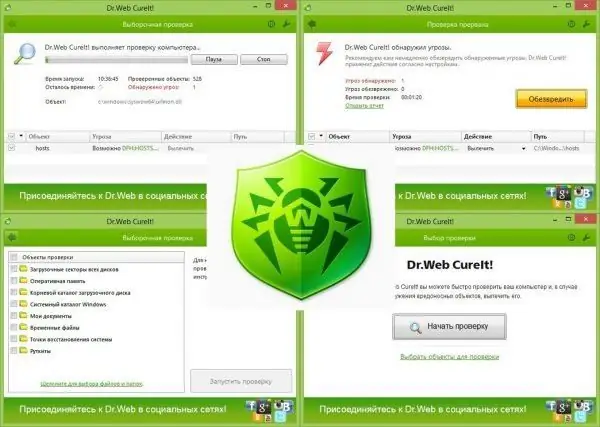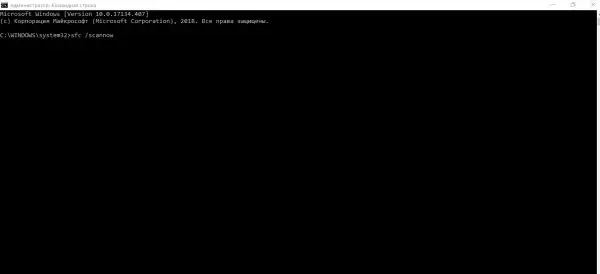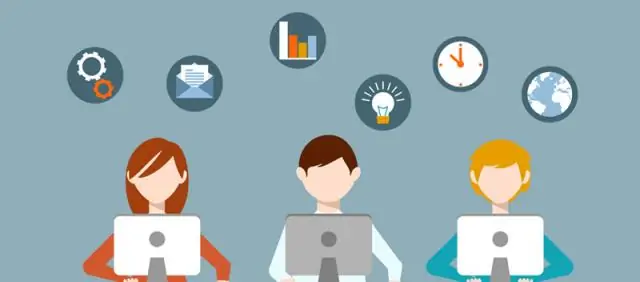
Table of contents:
- Author Bailey Albertson [email protected].
- Public 2023-12-17 12:53.
- Last modified 2025-01-23 12:41.
How to get your keyboard back on track if it stops working

When working on a PC or immediately after switching on, the keyboard of the device may stop responding to pressing. Moreover, it can be wired or wireless in the case of a stationary PC or built-in if it is a laptop. What can the user do on his own to fix the situation?
First steps when the keyboard on the computer does not work
To begin with, it is worth performing quite obvious actions that users often forget about:
- See if the power button on the keyboard is on, if any.
- Try plugging the keyboard into other USB slots. At the same time, if possible, disconnect all other devices (flash drive, printer, etc.).
- If the keyboard is wireless, check the batteries - they may be empty or not inserted correctly. If your device has a battery, make sure it is sufficiently charged.
- Reconnect the wireless keyboard: turn off the receiver and input device, remove the receiver from the connector, wait at least 10 - 15 seconds and reconnect everything. If you have a Bluetooth connection, please update it. Make sure the keyboard is in discoverable mode.
What to do next
If the initial actions did not work, move on to others. These methods are suitable for owners of both stationary PCs and laptops.
If liquid has been spilled onto the keyboard
First of all, turn off the laptop as soon as possible or remove the keyboard plug from the stationary PC to disconnect it from power. All the liquid that users usually spill is conductive, therefore it leads to a short circuit - the sensitive electronic components of the keyboard burn out, and if it is a laptop - also the port controllers on the motherboard.

If you spill liquid on your Notebook, turn it off immediately
After de-energizing, you need to dry the PC or the input device itself. Cleaning is also necessary if it was not water that was spilled, but tea, coffee, soup, etc. If you have disassembled laptops or keyboards before, you can do it yourself. If you have never encountered this, contact a PC repair service center. After "opening" the specialist will say whether it is possible to "revive" the device or not.
Restart your computer
Perhaps the reason is a single malfunction of the system software, which is responsible for the keyboard. Restart your PC: turn it off from the Start menu, disconnect it completely (remove the power cord from the socket), wait 30 seconds, and then turn it back on.

Turn off the device for 30 seconds and turn it on again - check if the keyboard works
Also try the following method for laptops: hold down the Fn keys and the right Shift - the PC should make a sound, and the keyboard should work.
Keyboard drivers crash
If the restart does not work, we advise you to update the keyboard configuration and, in general, check the state of the device for text input. Here's how to do this on Windows:
-
If you have Windows 7, right-click on the computer icon on the Desktop - in the list, click on the line that opens the properties of the computer and system.

Item "Properties" Right-click on the "My Computer" shortcut and select "Properties"
-
In the left area of the window there will be links - one of them corresponds to the "Device Manager". Follow it.

System properties In the "System" section, open the manager
-
If you have a "eight" or "ten", just right-click on the "Start" menu icon and start the dispatcher in the context menu.

Start Menu In the context menu "Start" click on the manager
-
In the manager interface, expand the Keyboards menu. If there is a yellow triangle with an exclamation mark next to the device line, then there are problems with the hardware or drivers.

device Manager Open the "Keyboards" list in the manager
-
Even if there is no icon, right-click on your keyboard in the manager and select remove the device.

Removing a device Click on "Remove device"
-
Confirm the deletion - click on "Yes".

Delete confirmation Confirm your intention to remove keyboard hardware
-
When the device disappears from the list, go to the "Action" menu, and in it click on the option to update the configuration of all devices. The PC should reinstall the keyboard, but already correctly.

Configuration update Click on "Update Hardware Configuration" in the "Action" menu
Check your PC for viruses
The keyboard may become inoperative if there is malicious code in the OS. To identify them, use the antivirus that is currently installed on your PC. It can be built in Windows Defender. The main thing is to check the relevance of the anti-virus databases and its version before starting the scan. Download and install the update if necessary. Otherwise, the utility will simply not be able to identify and eliminate a serious threat.

To scan your PC for viruses, you can use Windows Defender or a third-party program - Kaspersky, Avast, McAfee and others
If the "native" antivirus did not find the problem, use an additional tool - a portable security program, for example, AVZ, Dr. Web CureIt! and others.

Dr. Web CureIt! scans the system with high quality and does not conflict with the antivirus installed on the PC, as it is a portable program
After disinfecting the OS, restore the system files using the sfc / scannow command in the "Command Line" console launched with administrator rights.

In the black editor run the sfc / scannow command
Checking USB settings in BIOS
USB ports may be disabled due to a failure in BIOS settings. To check this, do the following:
- Turn on your computer.
- Press the DEL button on your keyboard until the BIOS settings window appears.
- Find the USB Keyboard Support or Legacy USB menu in the BIOS settings.
-
Make sure the setting is in the Enabled state. If it says Disabled, then switch to Enabled.

BIOS menu Set USB Keyboard Support to Enabled
Video: An easy way to solve the problem with a broken keyboard
Send to service center
If none of the above methods work, the keyboard may be seriously injured. In this situation, there is nothing to do but take the laptop or a separate keyboard to a repair center, where specialists will try to fix the input device. However, in this case, there is a high probability that you will have to buy a new "Claudia".

Send your PC for diagnostics or a separate keyboard to the service center - they will tell you whether the device is subject to repair or not
If your keyboard stops typing, follow a few simple steps before sending it to the service center: restart your PC; change BIOS settings if they get knocked off; update the device configuration; check your PC for viruses. If you have a desktop PC, update your PC wired or wireless keyboard connection. If you spill liquid, unplug the keyboard and let it dry, then go to the service center. The reason for inoperability may be a breakdown of the internal components of the PC or the "keyboard" itself. In this case, only specialists will help you.
Recommended:
What To Do If, After Flashing Android, The Phone Or Tablet Does Not Turn On, Does Not See The Network, Does Not Charge

Why does my smartphone or tablet not work after changing the Android version. How to troubleshoot various problems. How to properly reflash a device
Why On Windows 10 The Start Button Does Not Work And The Main Menu Does Not Open

The most common problems in the "Start" menu on Windows 10. The reasons for the appearance. Solutions: universal and for specific cases
What To Do If Google Chrome Does Not Work - Reasons And Solutions For Problems With The Browser, Including When It Does Not Start

The reasons why Google Chrome does not work: does not start, pages do not open, a gray screen is displayed, and so on. Solutions with photos and videos
What To Do If Yandex Browser Does Not Open On A Computer - Why The Program Does Not Start, How To Make It Work

Why "Yandex Browser" does not open in Windows. Solution to the problem: disabling autorun, updating and reinstalling the browser, clearing the cache and registry
The Phone Fell Into The Water: What To Do, Including With An IPhone In The Toilet, If The Gadget Does Not Turn On, The Speaker Does Not Work

What to do if your phone falls into the water: instructions for saving your phone. Features for different models. Frequent misconceptions. Possible problems after drying
